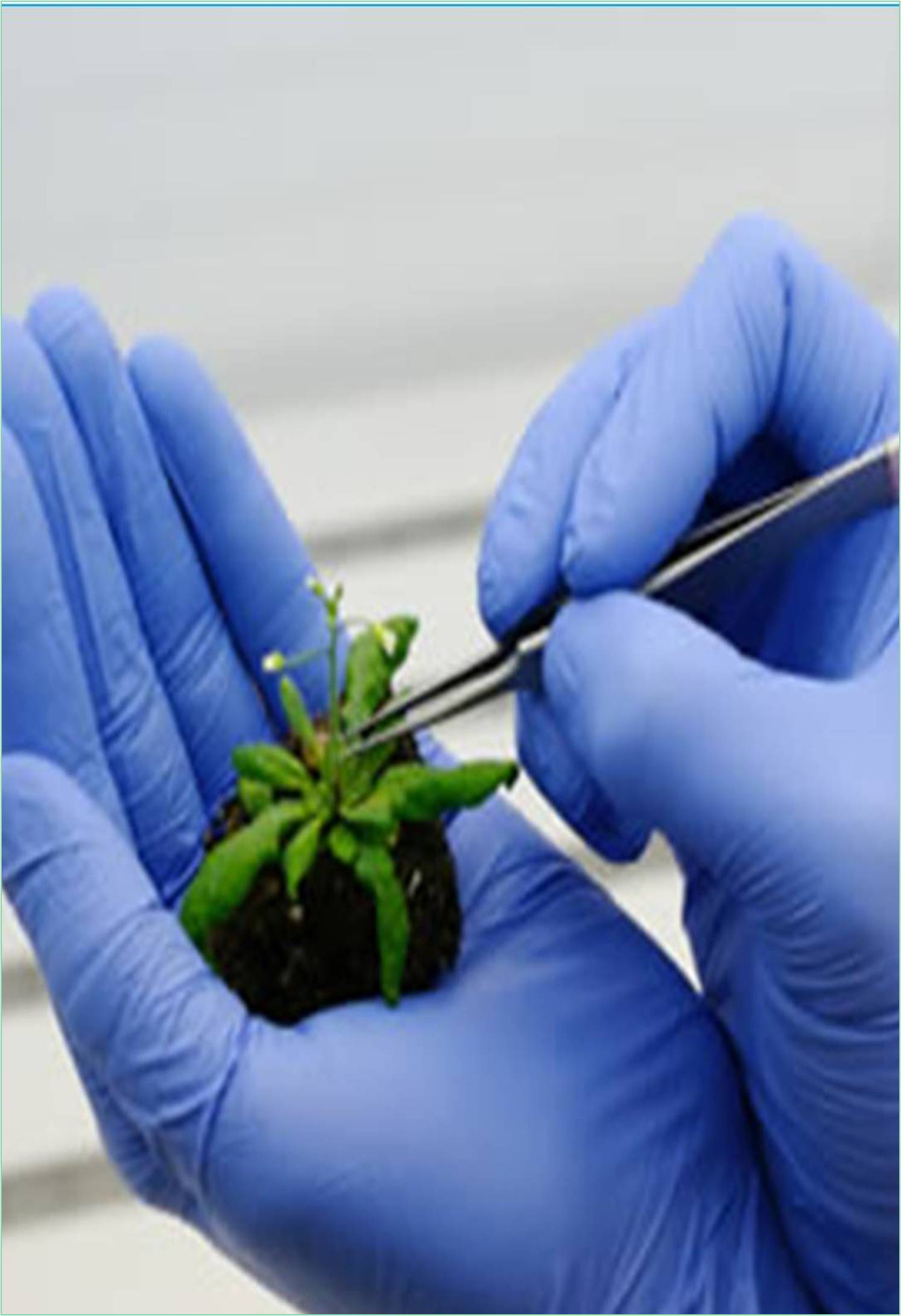



Received: 01-Jul-2022, Manuscript No. GJBB-22-74412; Editor assigned: 04-Jul-2022, Pre QC No. GJBB-22-74412 (PQ); Reviewed: 18-Jul-2022, QC No. GJBB-22-74412; Revised: 25-Jul-2022, Manuscript No. GJBB-22-74412 (R); Published: 02-Aug-2022, DOI: 10.15651/GJBB.22.10.043
Fruit ripening is an irreversible, highly coordinated, and genetically programmed activity that results in the production of a soft and edible mature fruit with ideal qualities through a sequence of the physiological, biochemical, and organoleptic changes. They are typically used to define the suitable state for harvesting and eating. Ripeness is commonly used to indicate harvest readiness. It is the outcome of a series of developments, many of which occurred independently of one another. Ripening signifies the end of a fruit's development and the beginning of senescence. Fruit development and maturation are only completed when it is linked to the plant, however ripening and senescence can occur on or off the plant. Fruits are normally picked when they are mature or ripe, while some vegetables can be harvested even before maturation has begun. Vegetables do not have a ripening stage and are harvested at a variety of physiological ages. As a result, it is increasingly difficult to distinguish between maturation and senescence in vegetables.
The rate of respiration, biosynthesis, and the evolution of the ripening hormone ethylene all fluctuate during the ripening process. Harvested fruits are characterized as climacteric or non-climacteric based on their respiratory behavior and ethylene biosynthesis during ripening. Climacteric is defined as a stage in fruit ontogeny during which a sequence of biochemical changes are begun by autocatalytic ethylene synthesis, transitioning from growth to senescence and involves an increase in respiration leading to fruit ripening.
Many complicated biochemical changes occur during fruit ripening, including seed maturation, color change, abscission from the parent plant, texture softening, flavour volatile generation, wax development on skin, tissue permeability, and changes in carbohydrate content, organic acids, and proteins. Fruit composition changes throughout ripening due to the production of new chemicals or the breakdown of others.
Formation of Pigments
During ripening, enzymes that catalyse the production of pigments are produced. Carotene, xanthophyll esters, xanthophylls, and lycopene are the primary pigments generated and accumulated. Anthocyanins are created in part from acetic acid units and in part from the amino acid phenylalanine. Carotenoids are terpenoids that are derived from acetyl CoA through the mevalonic acid pathway. The major carotene generated is phytoene, which is processed further to yield other carotenoid colors.
Degradation of Pigments
Climacteric fruits lose their green color quickly after reaching peak eating quality. Some non-climacteric fruits likewise lose their green color when they reach peak quality. The breakdown of chlorophyll structure is responsible for the loss of green color. The main causes of chlorophyll breakdown include pH fluctuations (owing to organic acid leaks from the vacuole), oxidative processes, and the enzyme chlorophyllase.
Ripening, which is considered harvest readiness, causes several specialized changes in fruit that make it aesthetically pleasing. These alterations are largely genetically determined, and there is little that can be done to influence them at the ocular level. Ethylene is crucial in regulating the ripening cycle. The study of ripening-related alterations aids in distinguishing between favorable and unwanted ripening-related changes. Changes in biotechnology can aid in the modification of the ripening process for the benefit of humanity. Controlling the ripening process can make the produce more aesthetically pleasing for a longer period of time while also postponing senescence and unwanted changes.